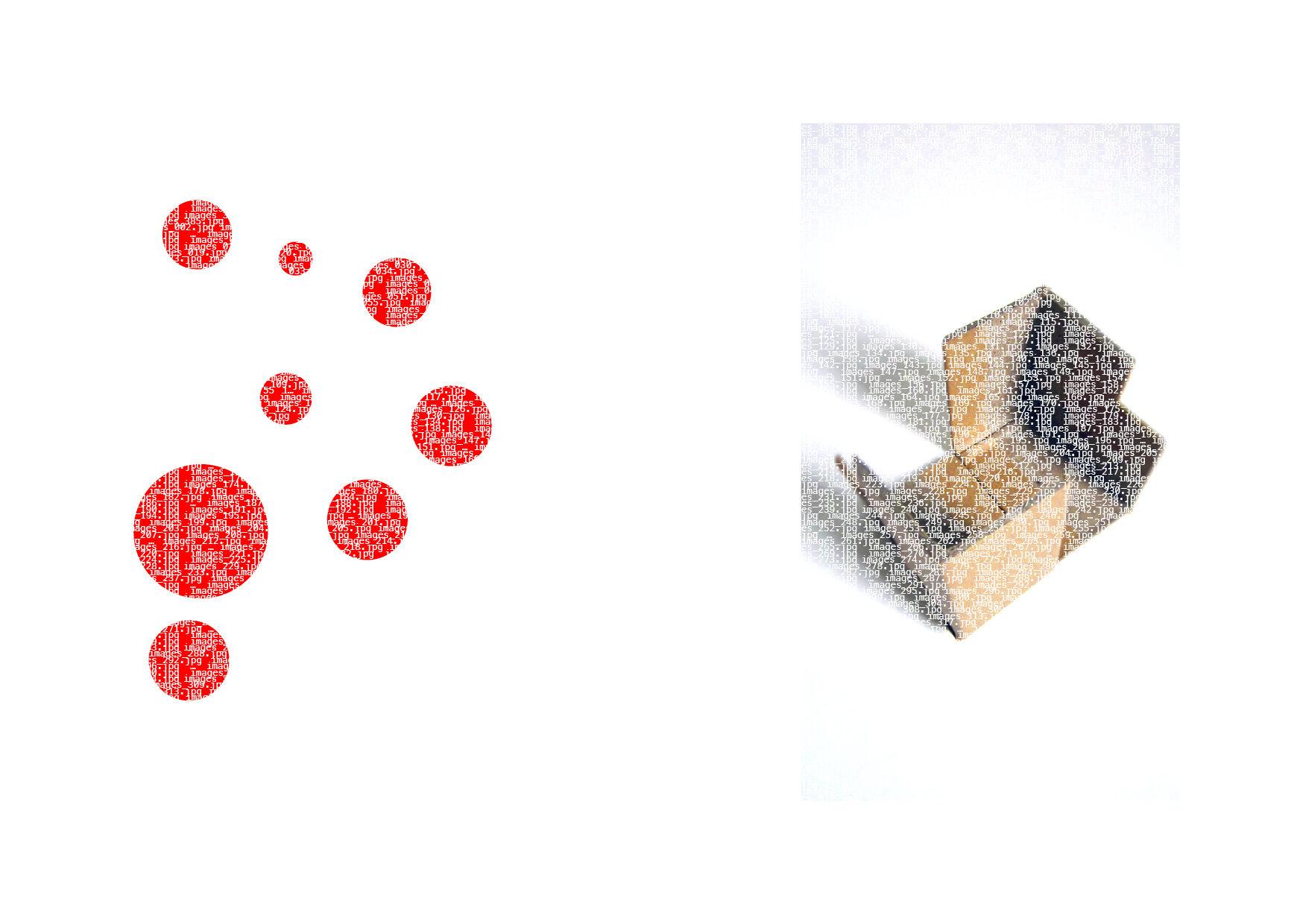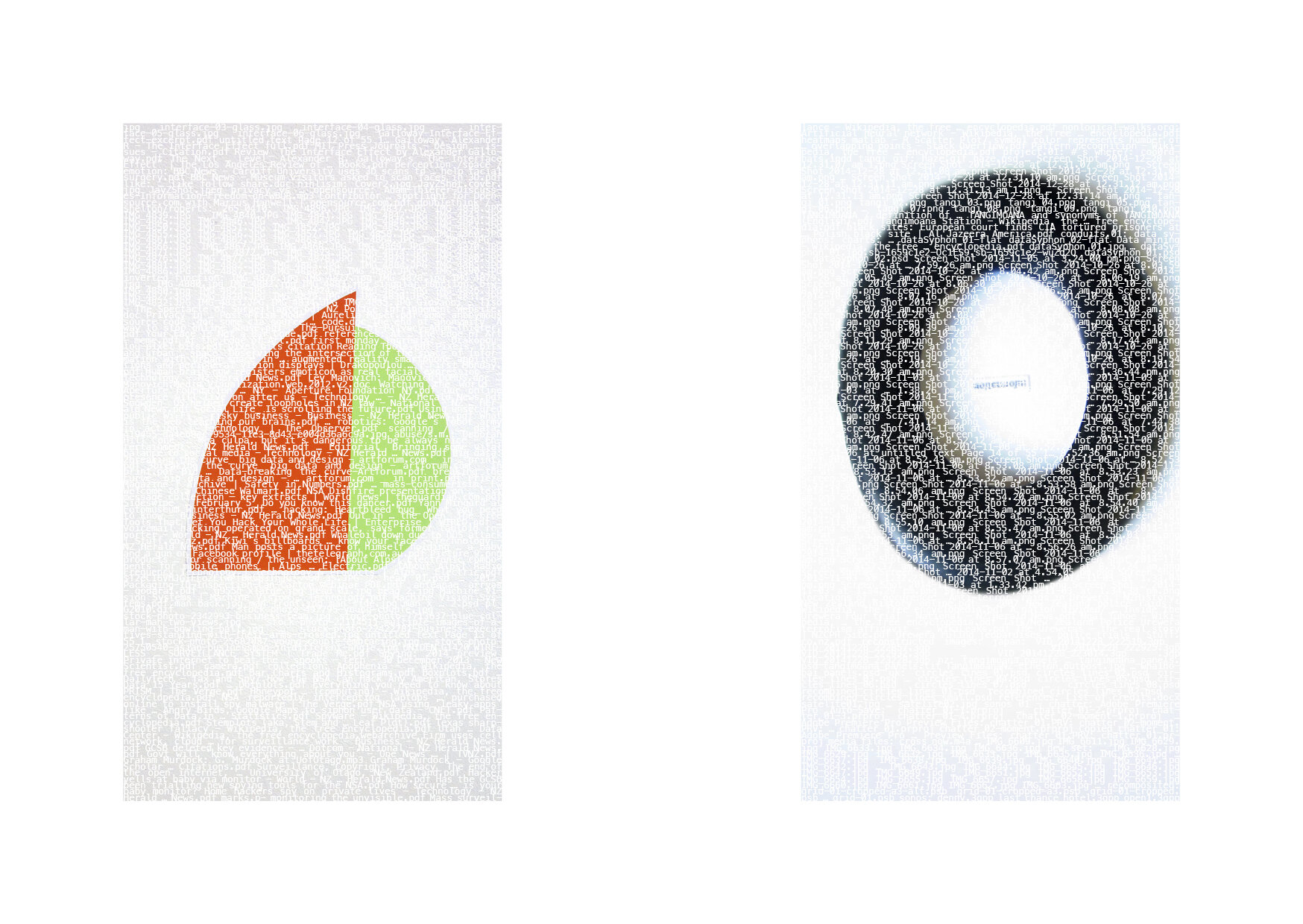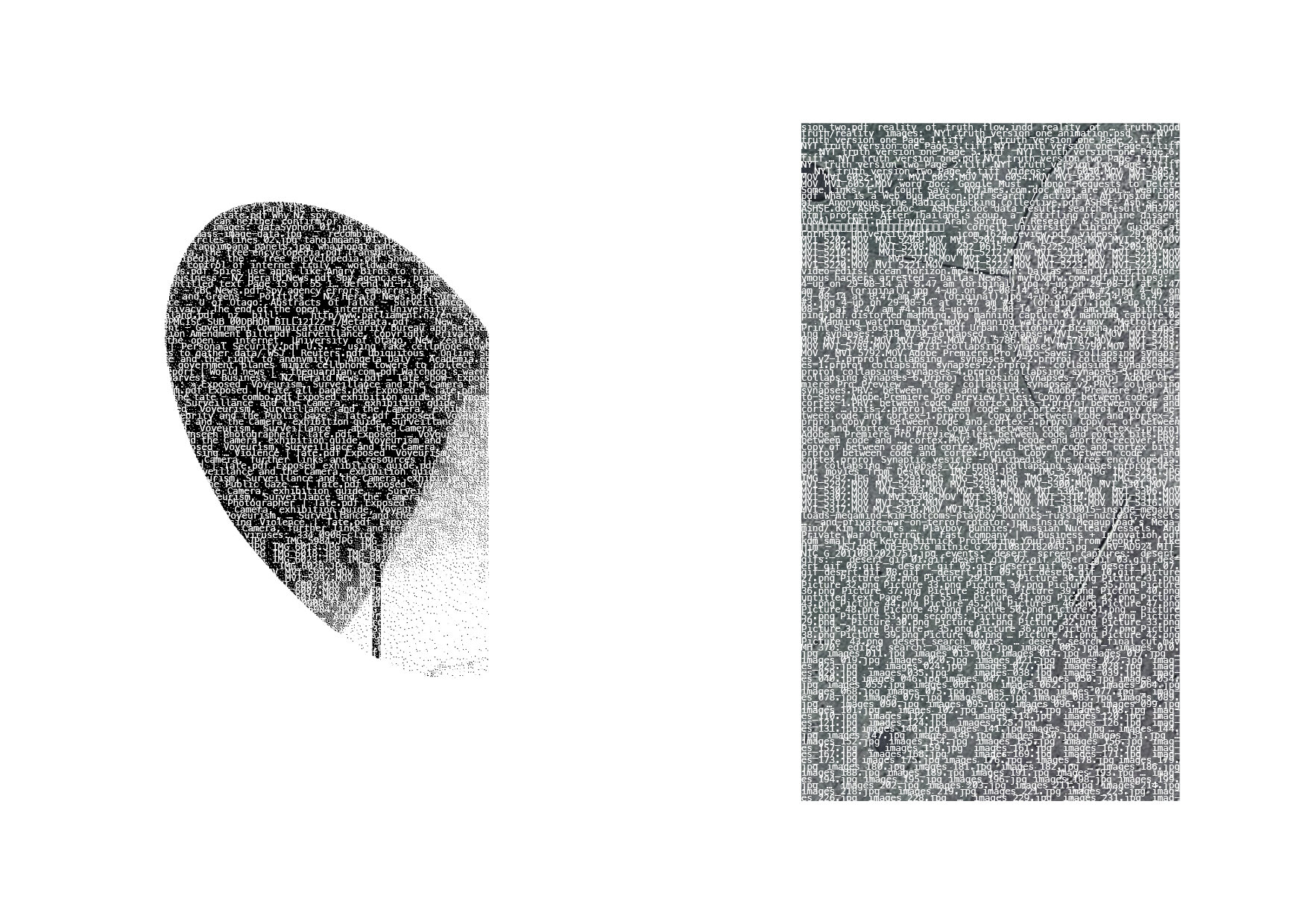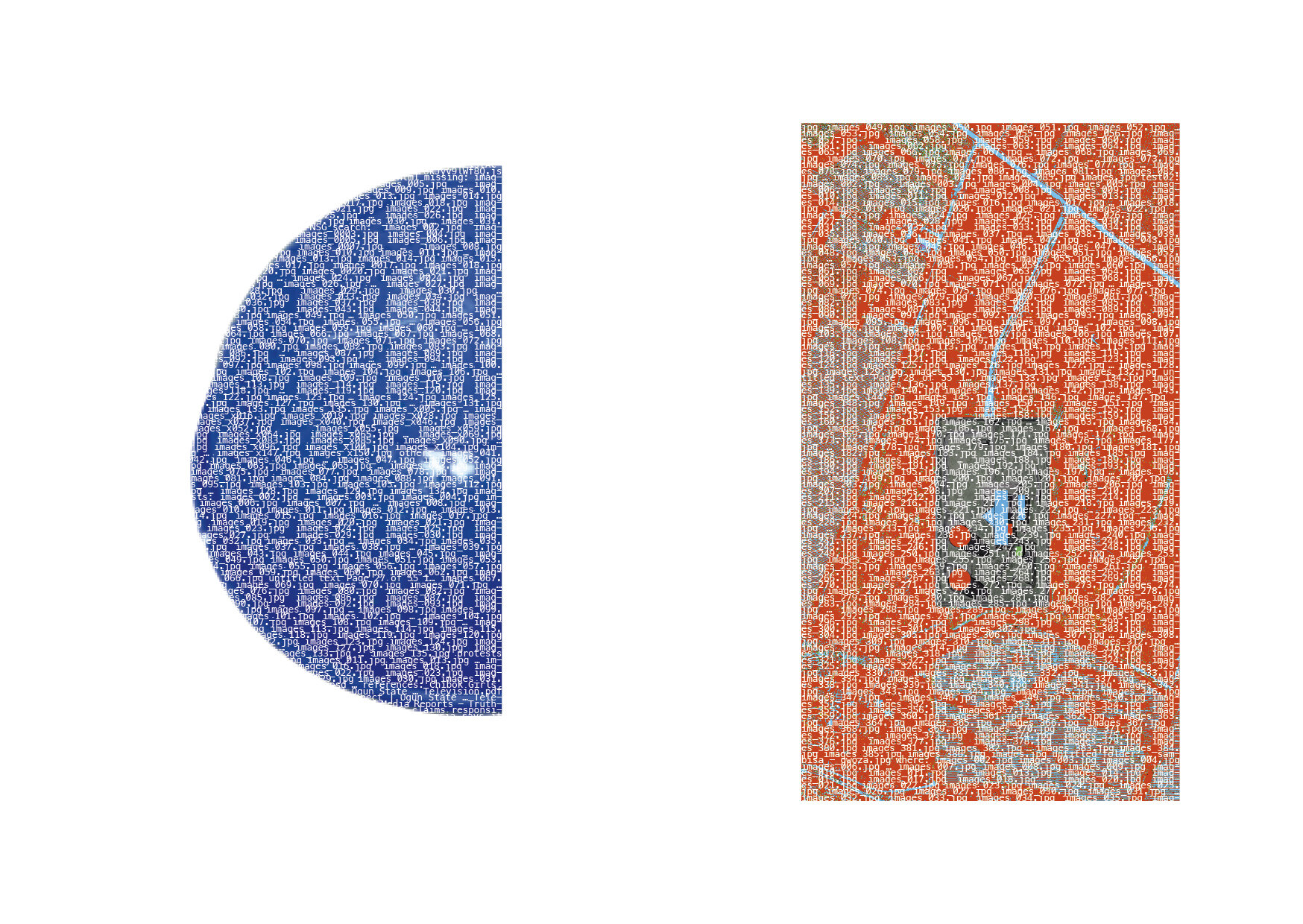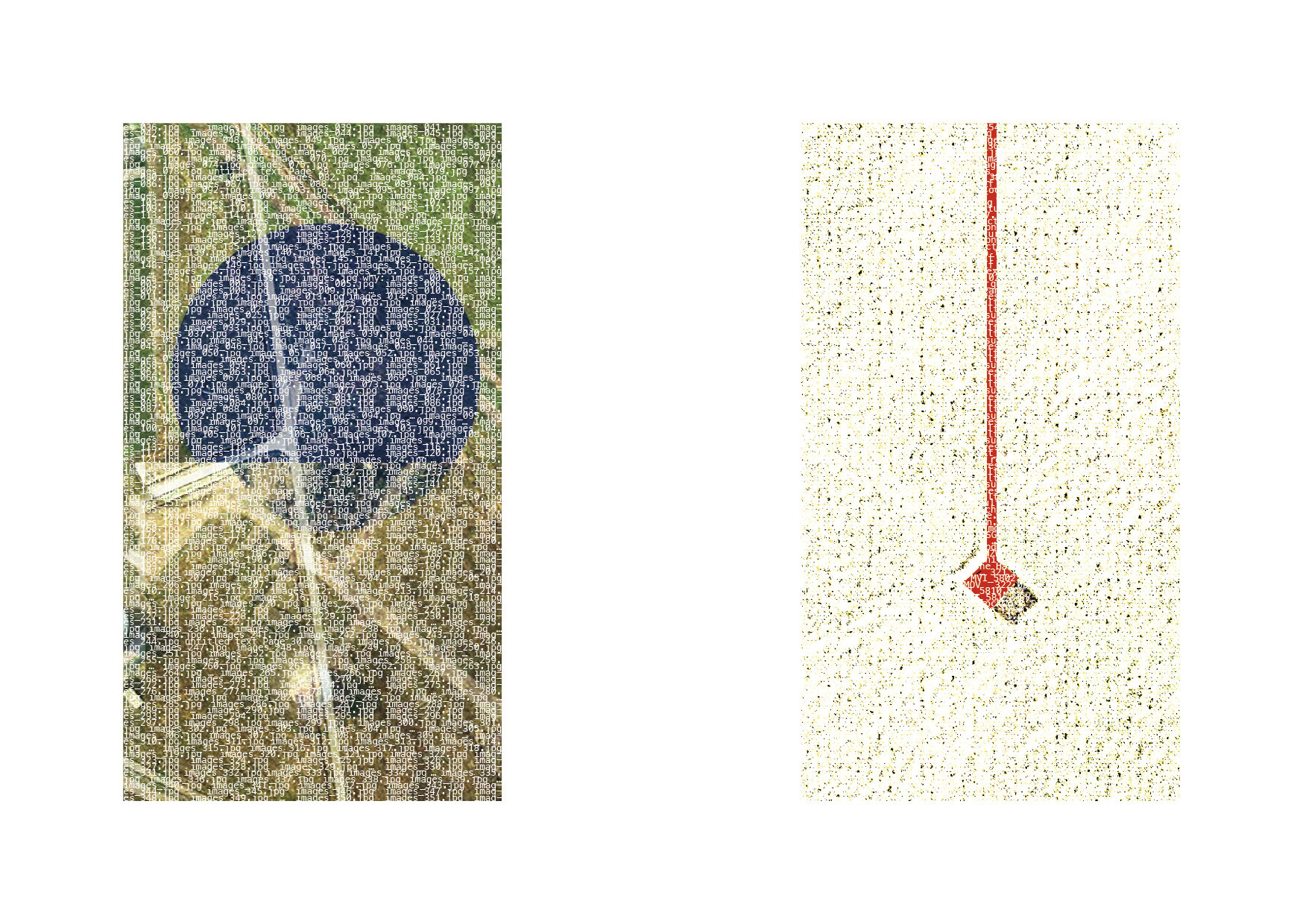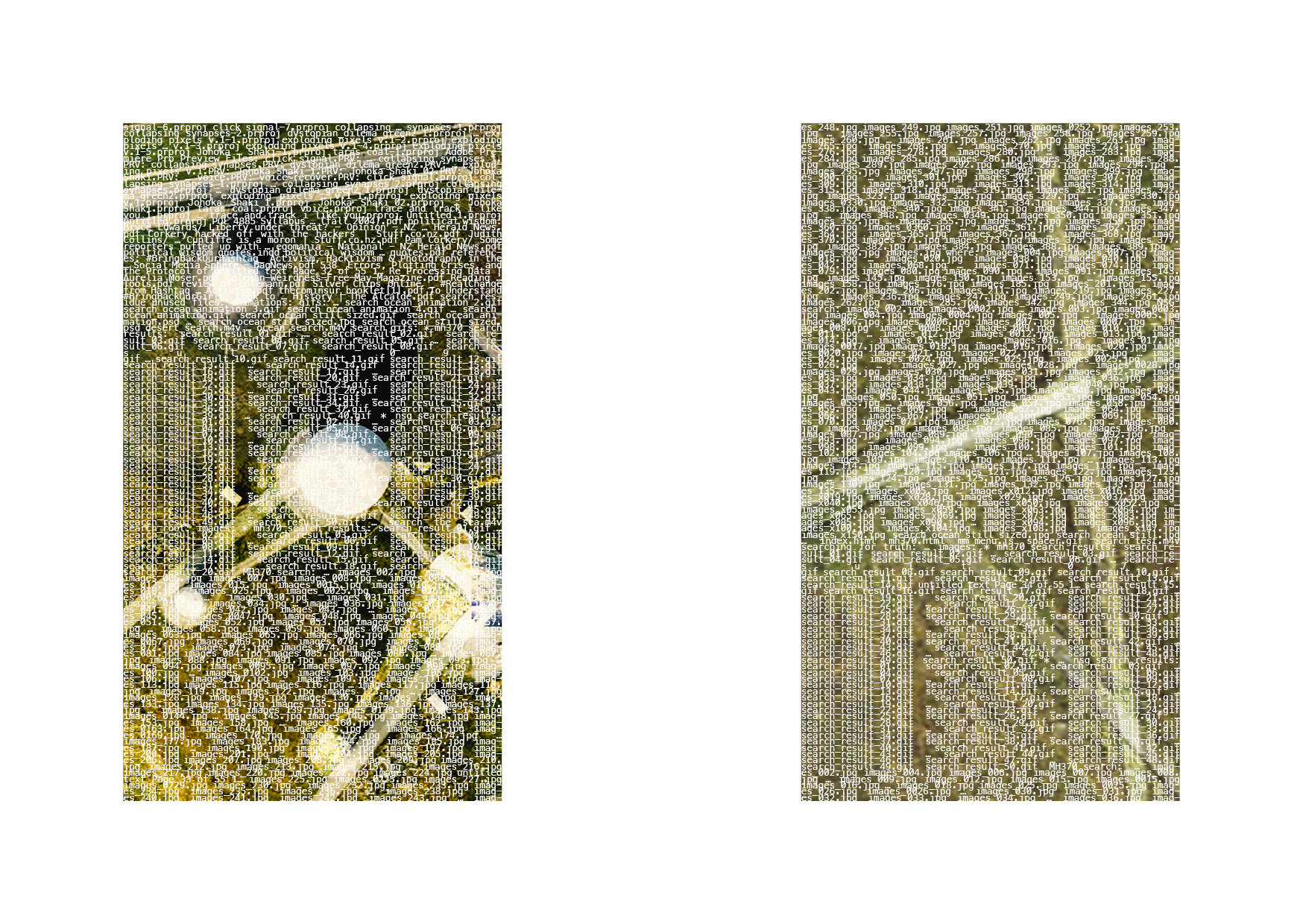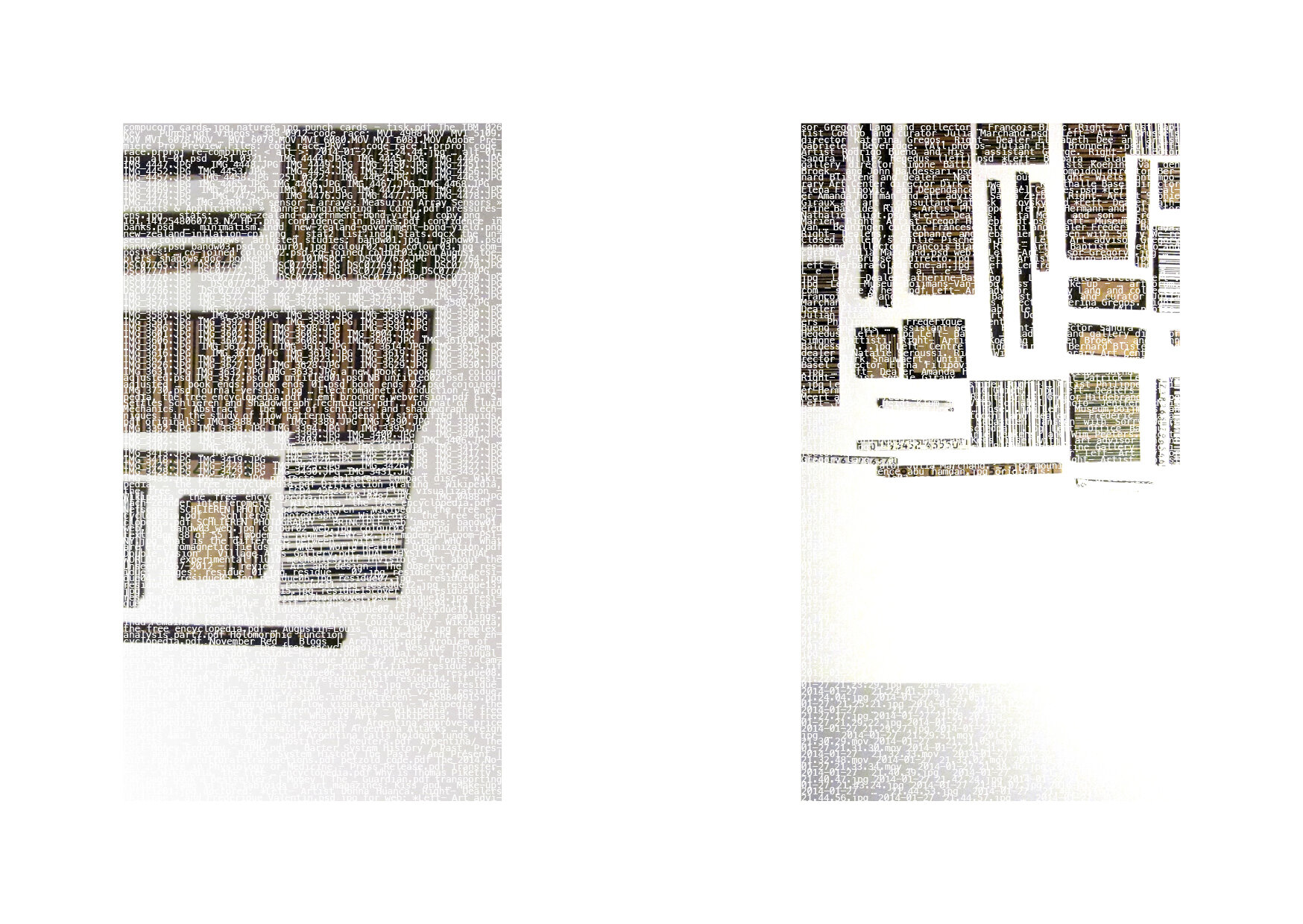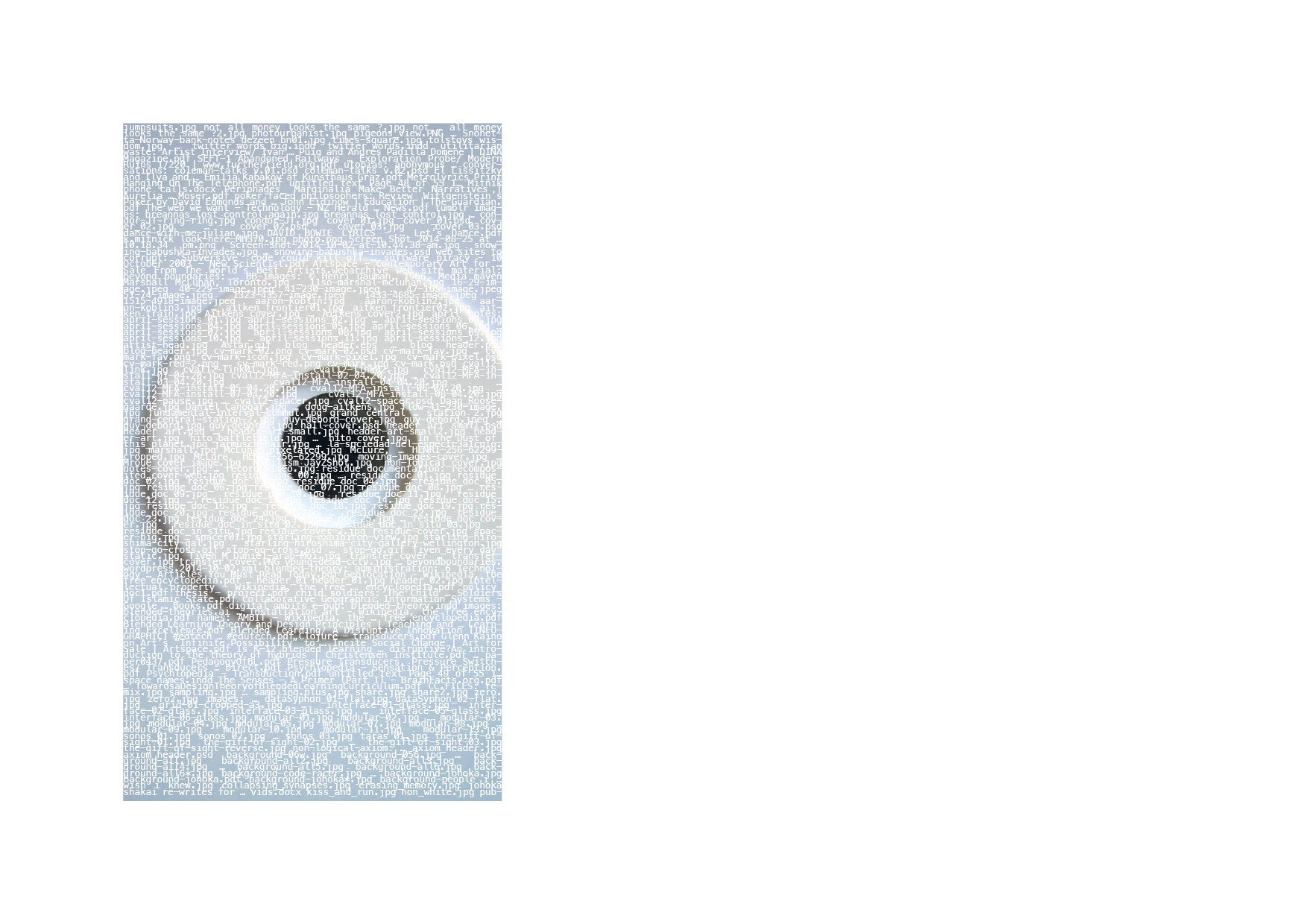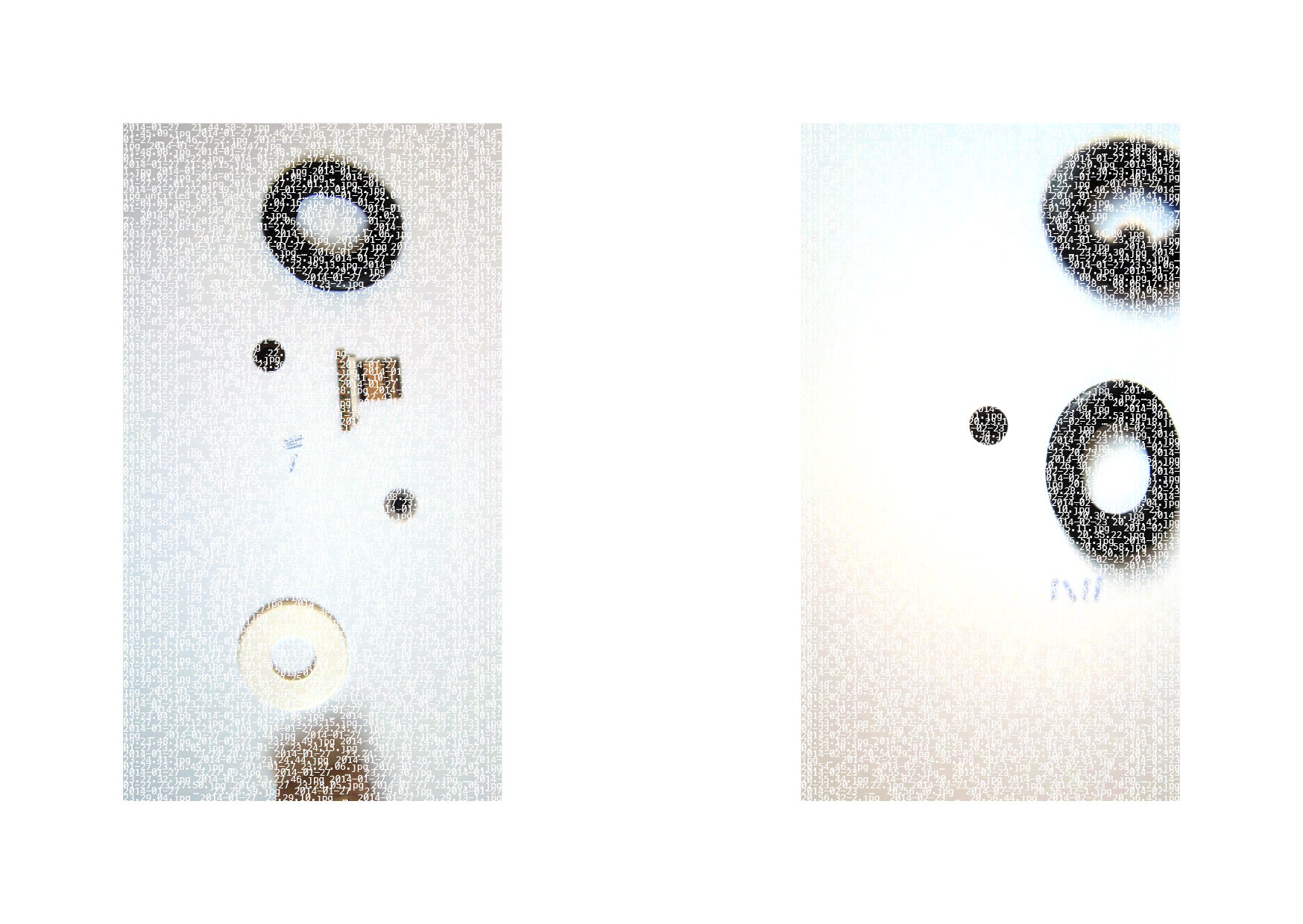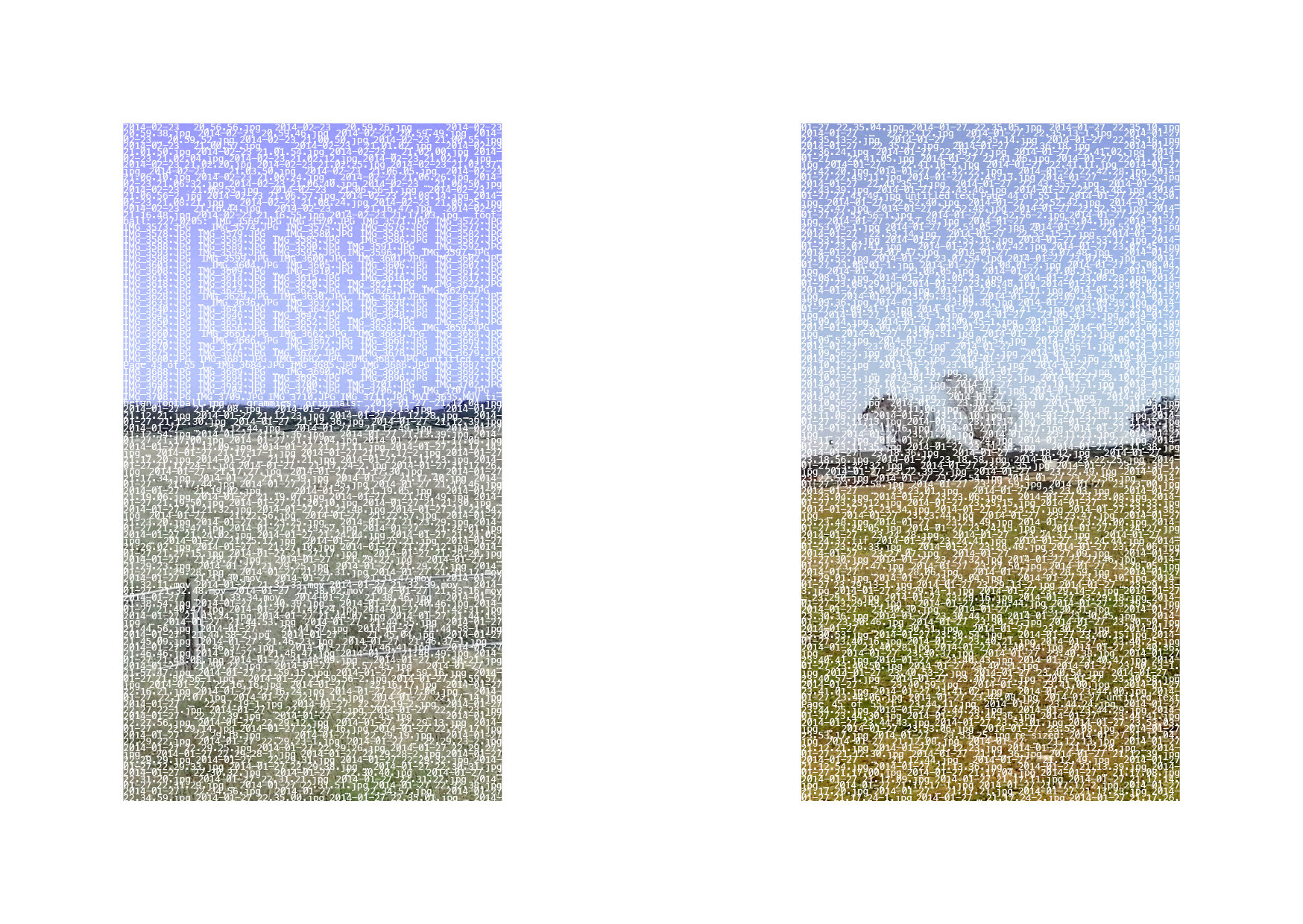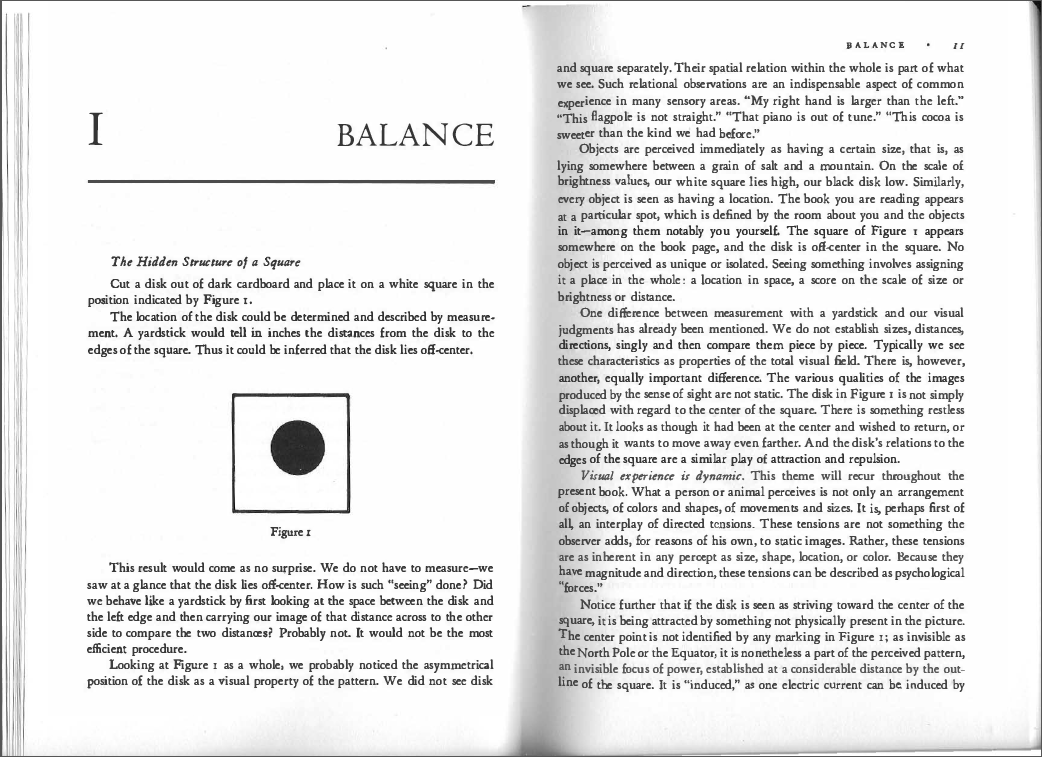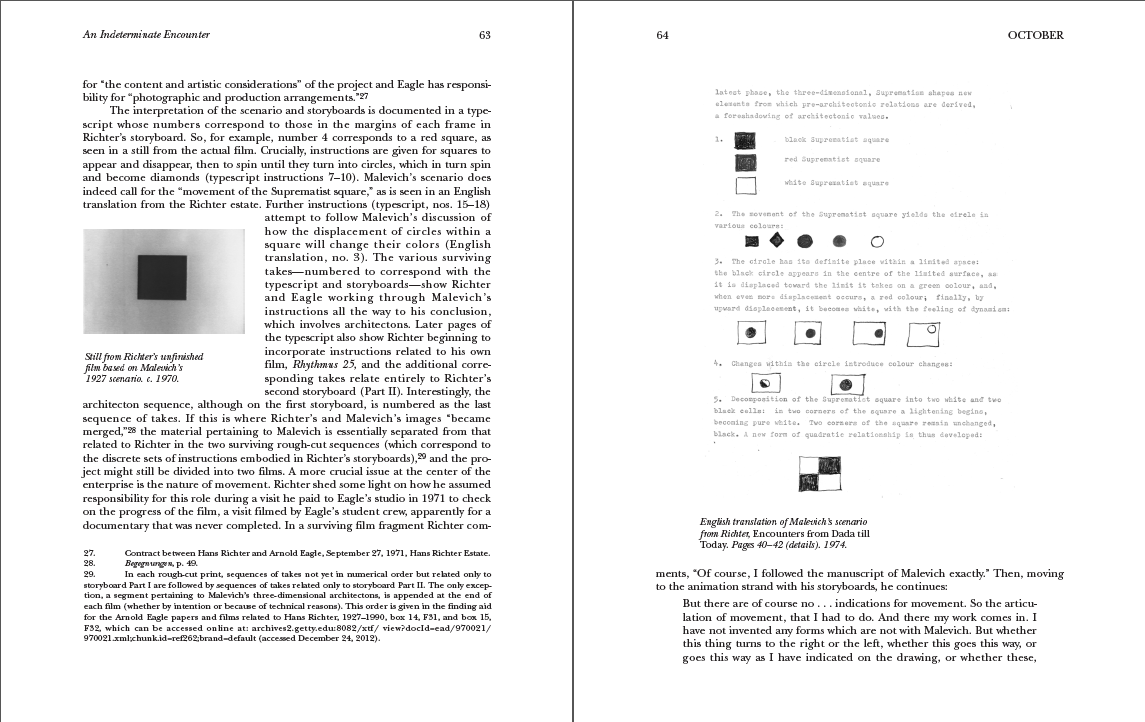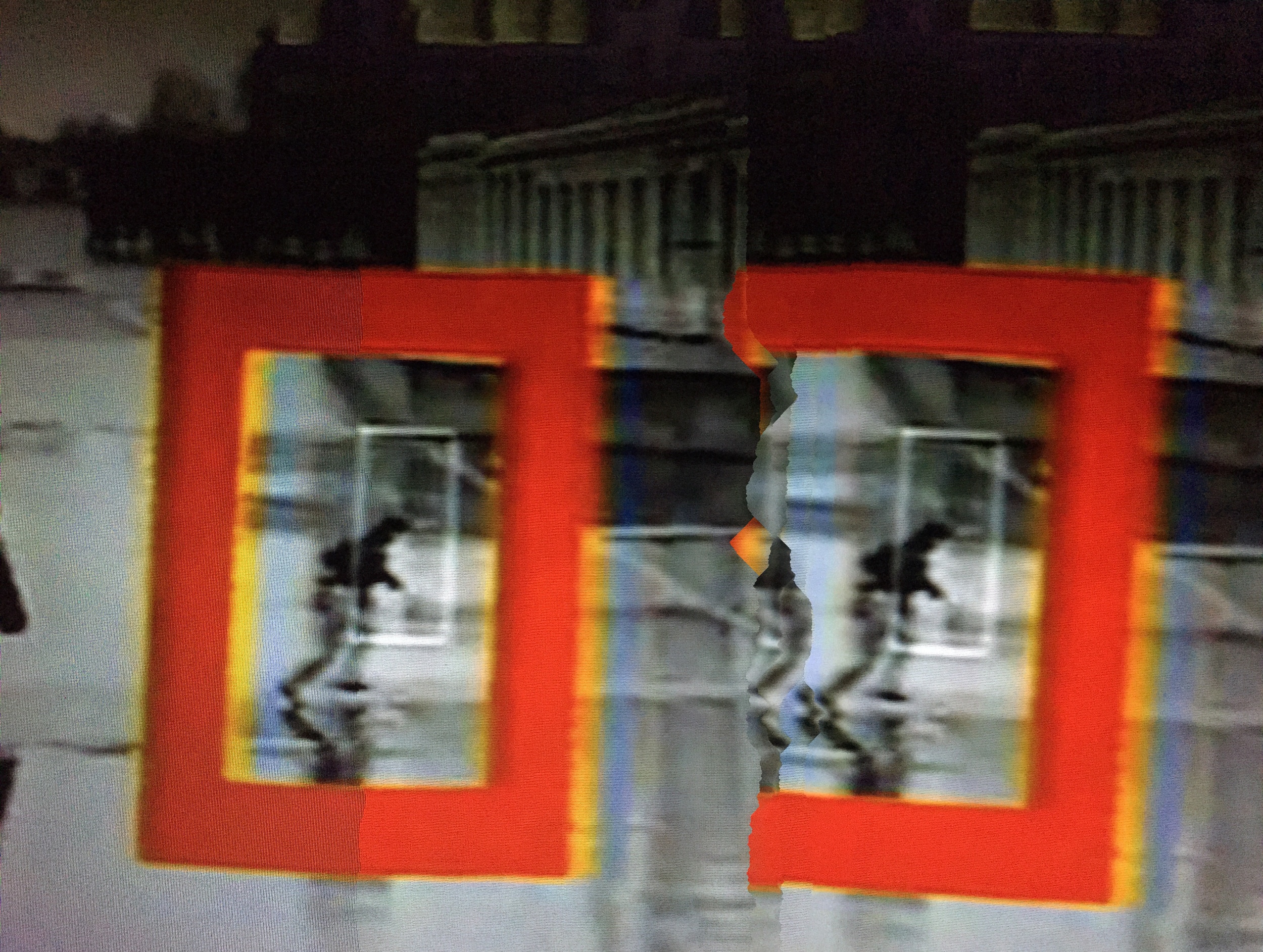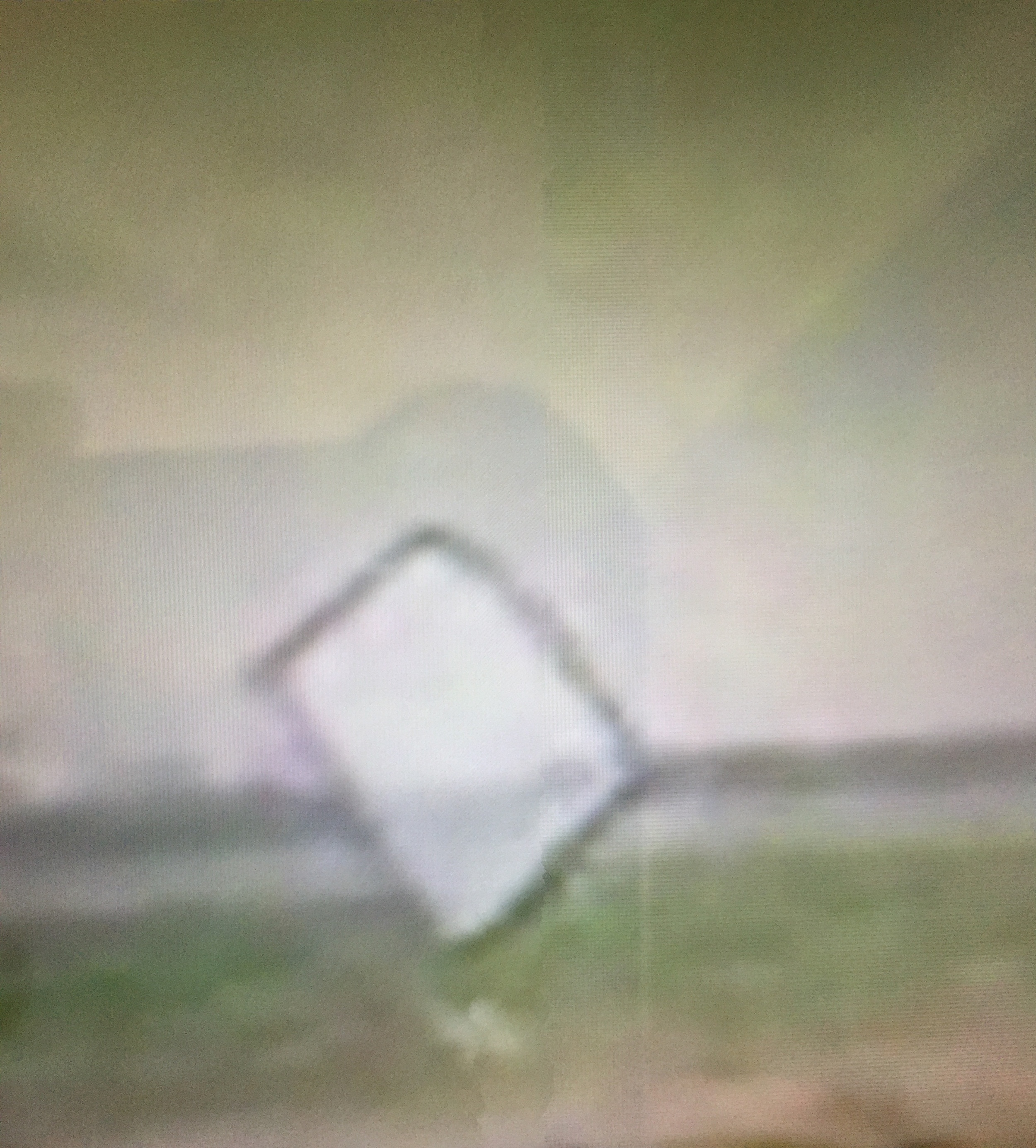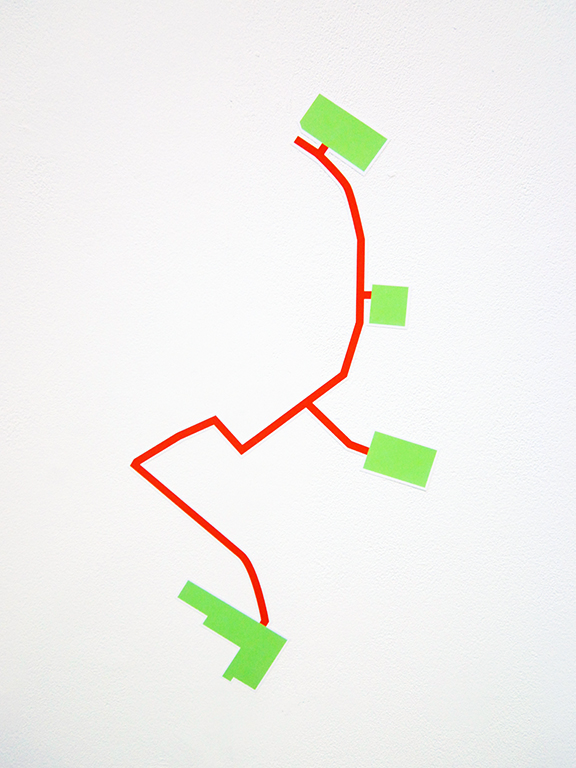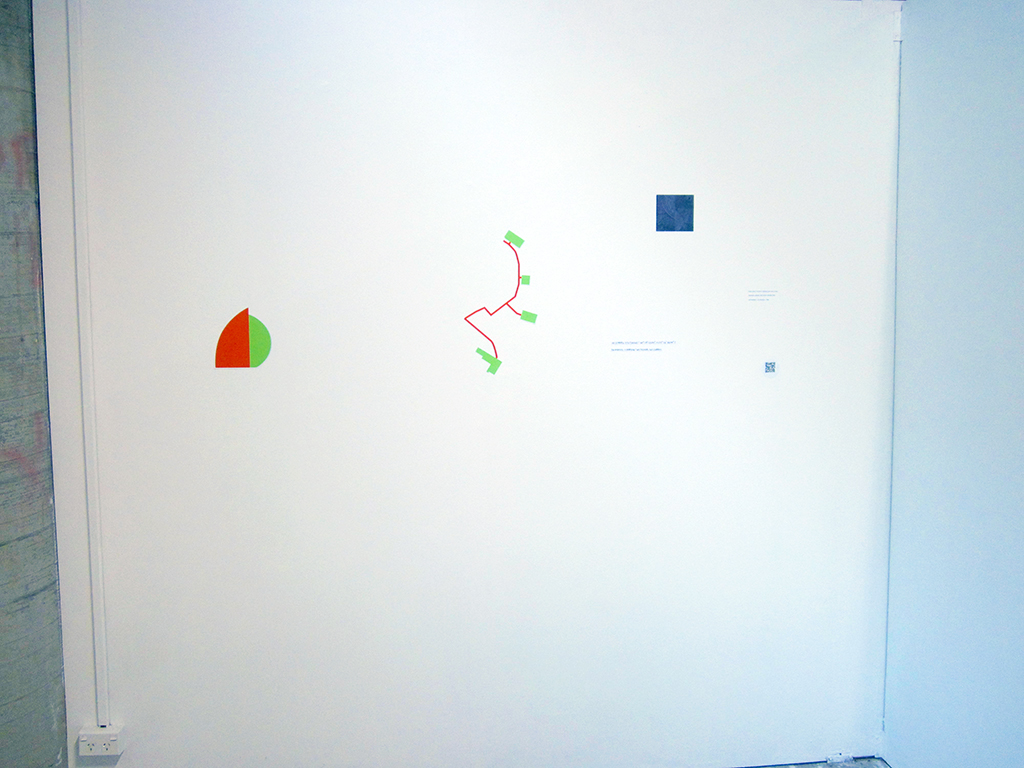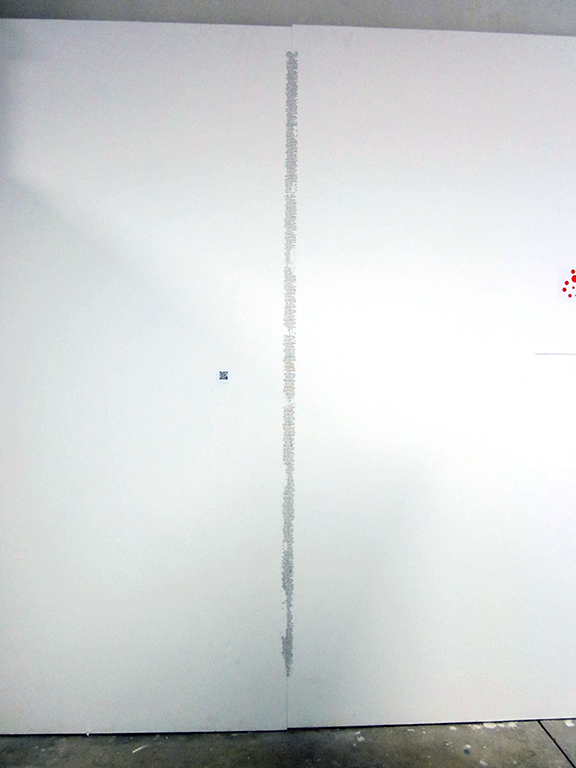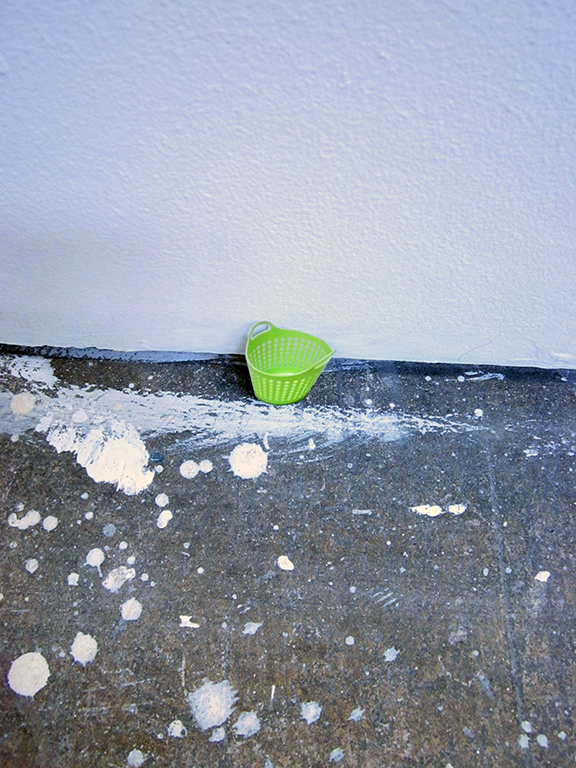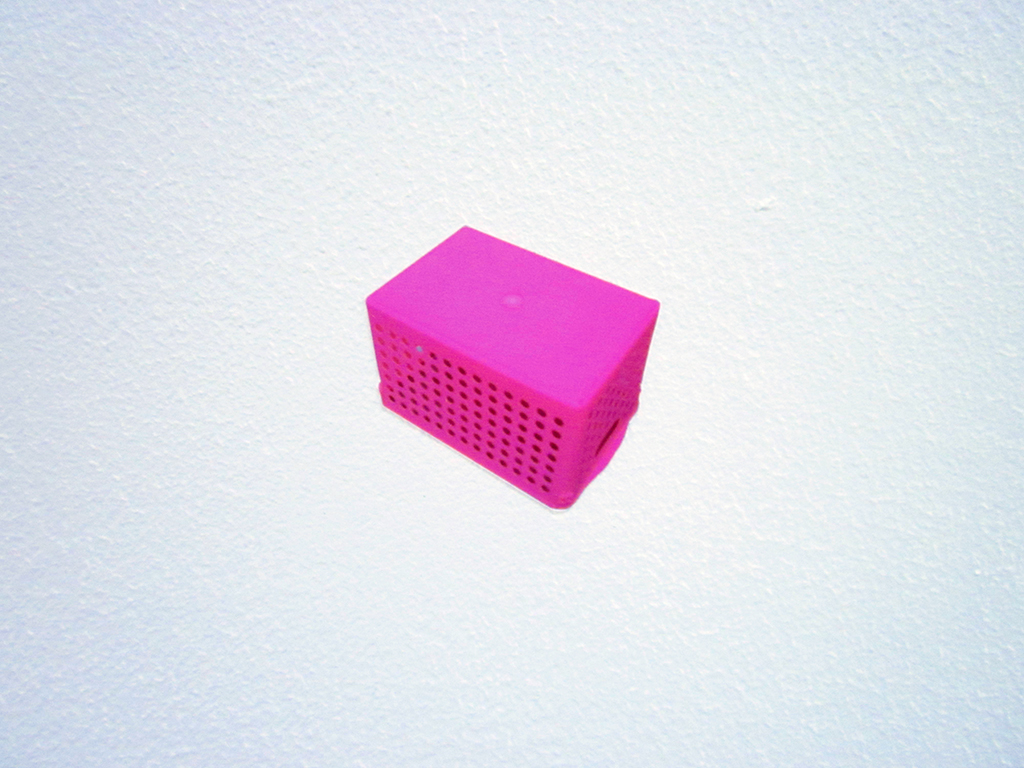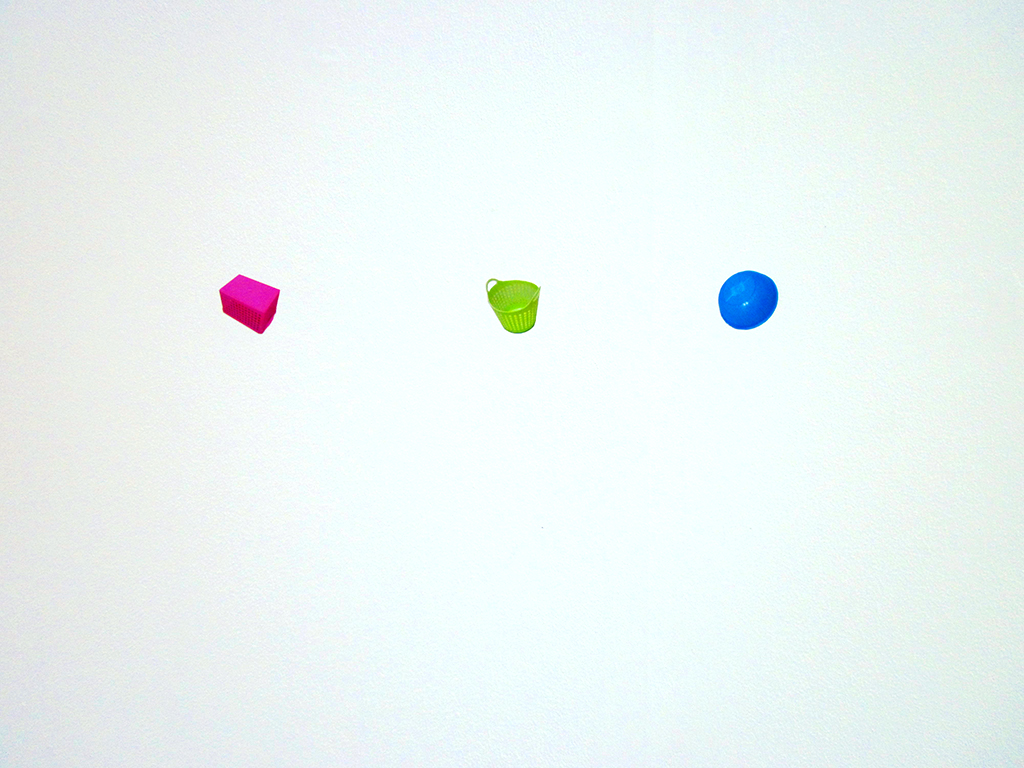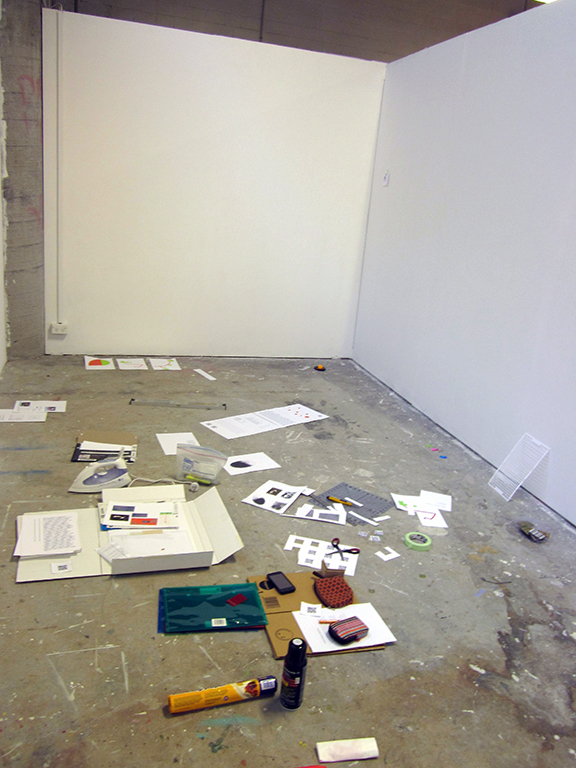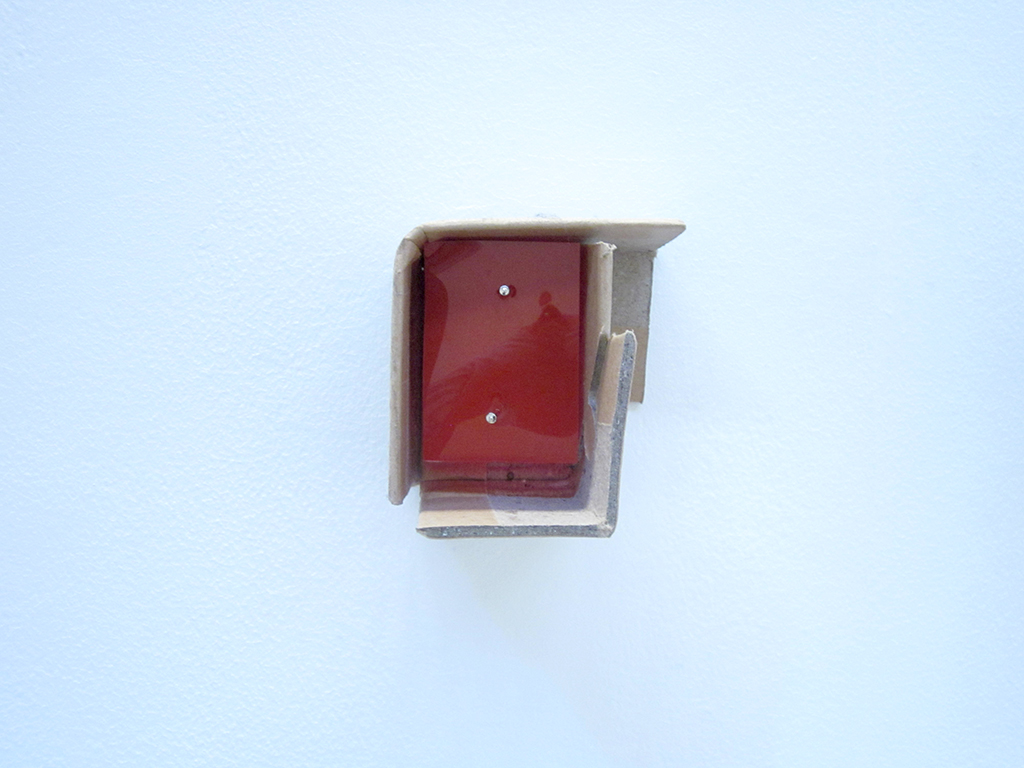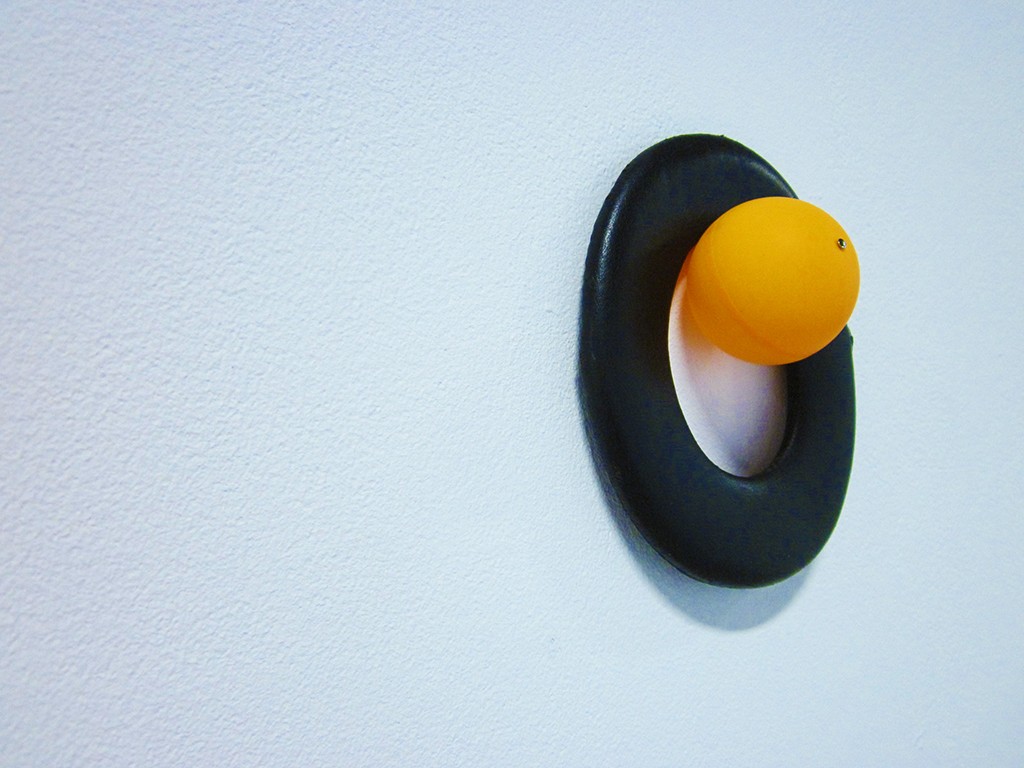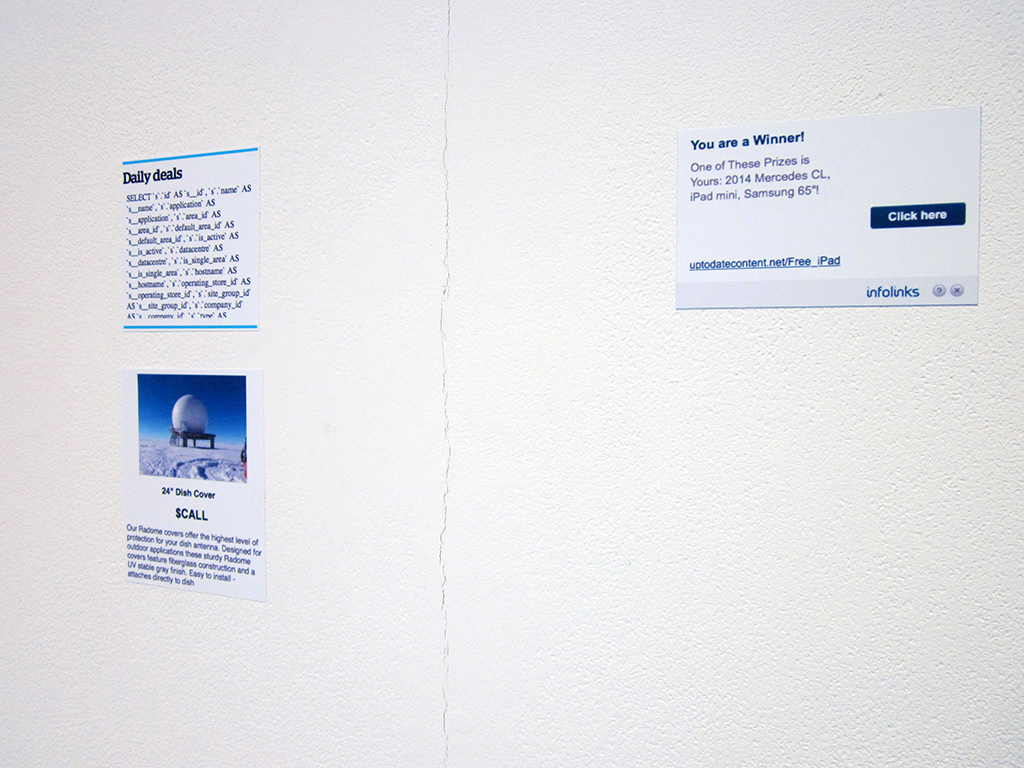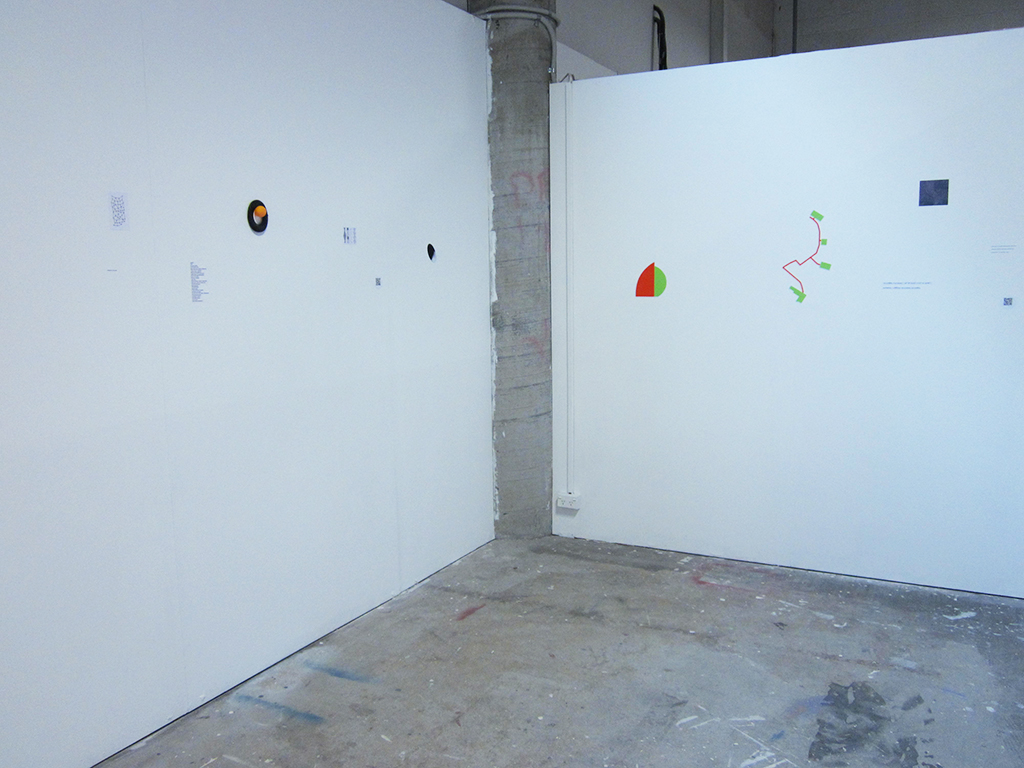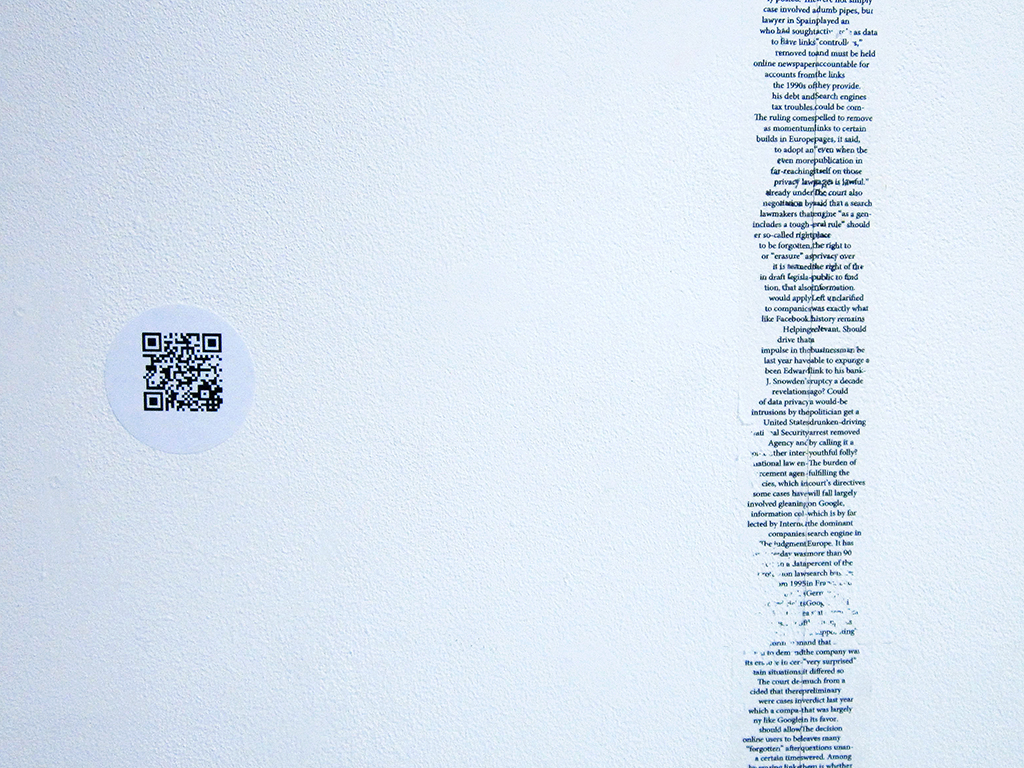abandoned technologies : a lonely construct acts as a sensor, receiving inputs from an invisible source, air and wind activate its function . do these unseen forces intervene? if so, in what? are we complicit? what do we do with the things we leave behind? the things we have ignored? the objects which have been infected, lost their function? ( # )
a critical self analysis of process, intent and outcomes ...
Capturing images from the interface intrigued me and the possibilities that came from those investigations led me to think more about digital corruption/debris and the loss of clarity and intent; of the role of the artist as voyeur and documenter/observer and the possibilities that the screen provides, to not only extend and alter reality, but to also act as a catalyst for dissent and a vehicle for transporting change. // These moving images serve as a platform for further explorations into the interface and the unseen. They require further inquiry and they raise more questions than providing any tangible answers. The space that resides between intent and action, code and cortex is complex and within there lies a mass of unknown and untested possibilities which pass us by without a register or a trace.
preliminary research ::
A Scalable Image Processing Framework for Gigapixel Mars and Other Celestial Body Images, Mark W. Powell, Ryan A. Rossi† and Khawaja Shams, Jet Propulsion Laboratory, California Institute of Technology, {Mark.W.Powell, Ryan.A.Rossi, Khawaja.S.Shams}@ jpl.nasa.gov : http://ryanrossi.com/papers/SIPF-Mars-JPL-IEEE.pdf ( | )
Scalable Pixel-based Visual Interfaces: Challenges and Solutions. Mike Sips, J¨orn Schneidewind, Daniel A. Keim1, Heidrun Schumann2 1{sips,schneide,keim}@dbvis.inf.uni-konstanz.de, University of Konstanz 2 schumann@informatik.uni-rostock.de, University of Rostock . Germany https://kops.ub.uni-konstanz.de/xmlui/bitstream/handle/urn:nbn:de:bsz:352-opus-69112/Scalable_Pixel_based_Visual_Interfaces.pdf?sequence=1
IDL Reference Guide: IDL Direct Graphics Devices http://northstar-www.dartmouth.edu/doc/idl/html_6.2/Devices_with_Scalable_Pixels.html
Toolglass and Magic Lenses: The See Through Interface – Eric A. Bier, Maureen C. Stone, Ken Pier, William Buxton†, Tony D. DeRose‡, Xerox PARC, 3333 Coyote Hill Road, Palo Alto, CA 94304 †University of Toronto, ‡University of Washington : http://dl.acm.org/citation.cfm?id=166126
Association for Computing Machinery, Inc. (ACM). / CHI '95 Proceedings : http://www.sigchi.org/chi95/proceedings/top.html
